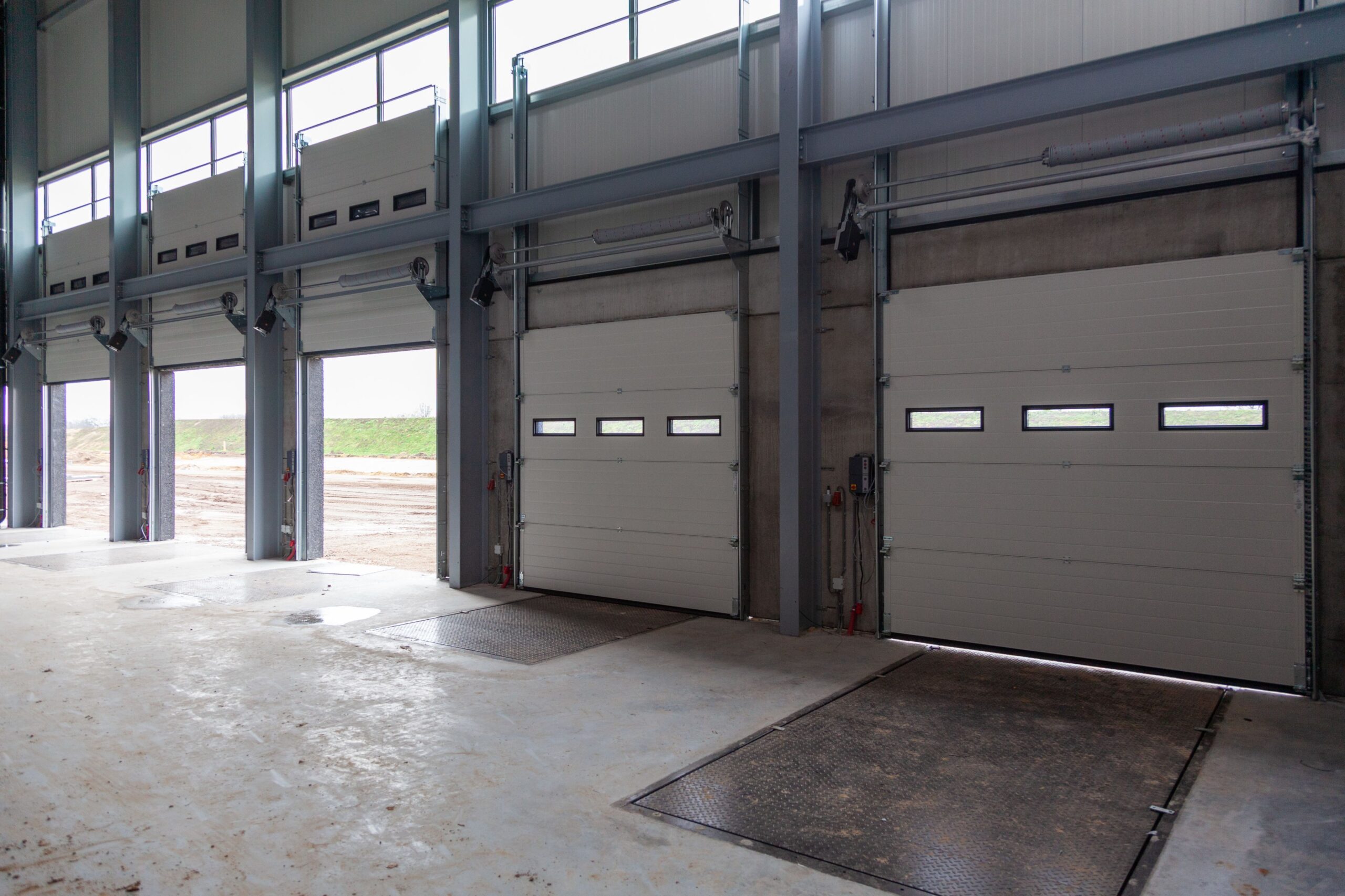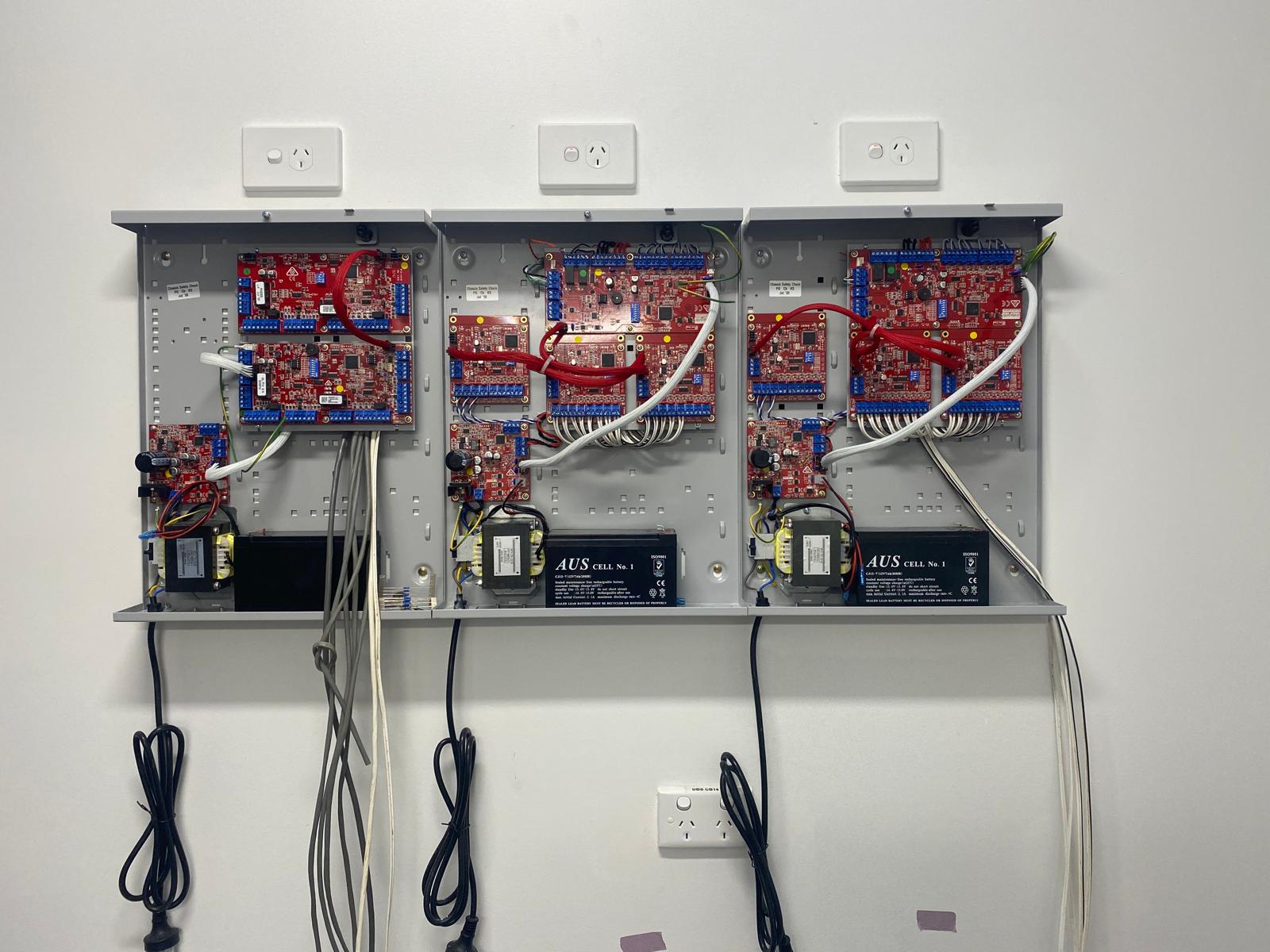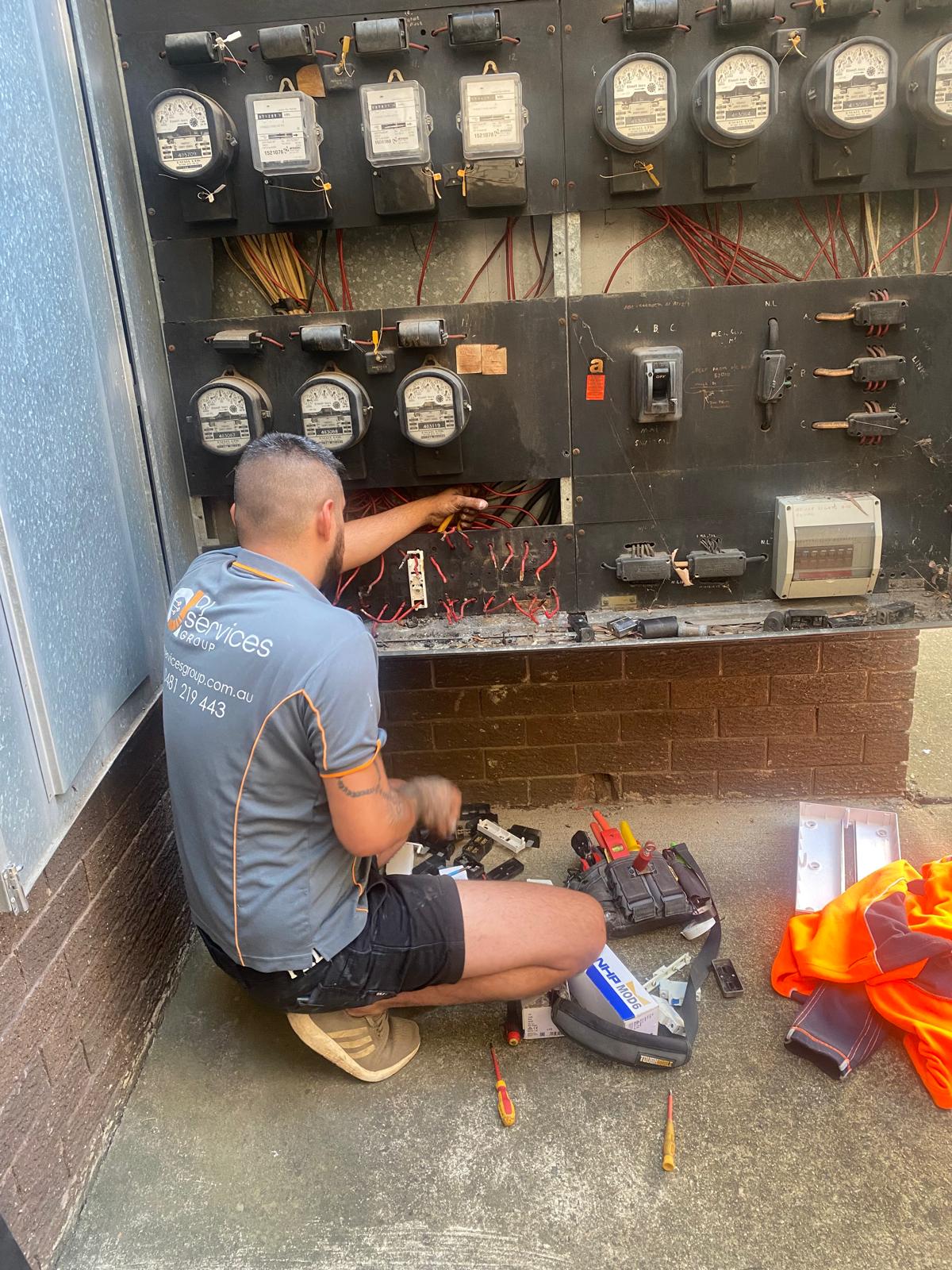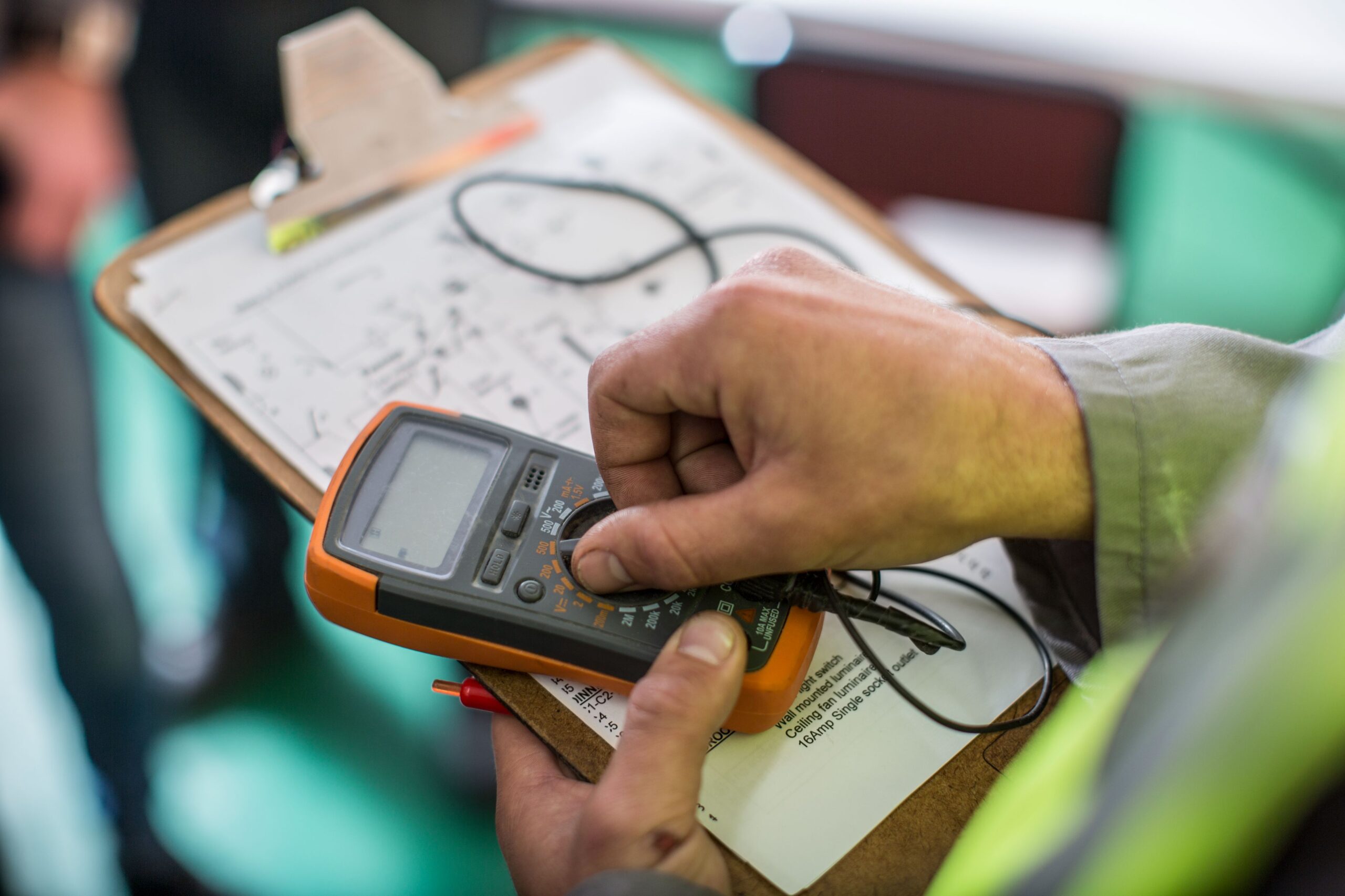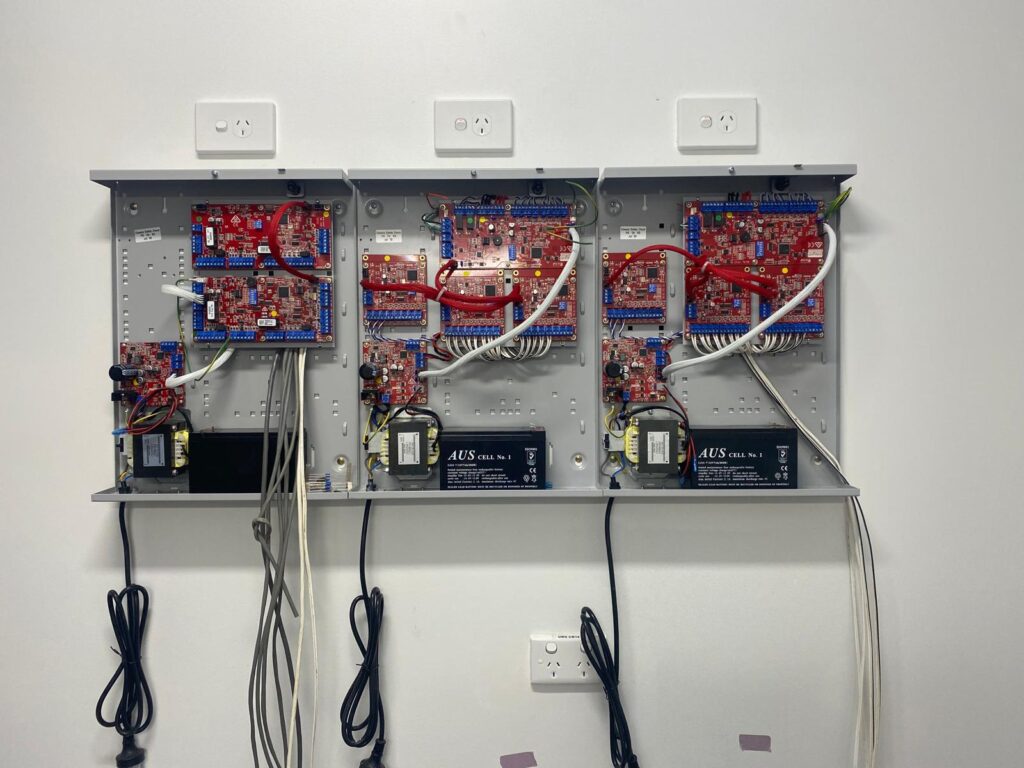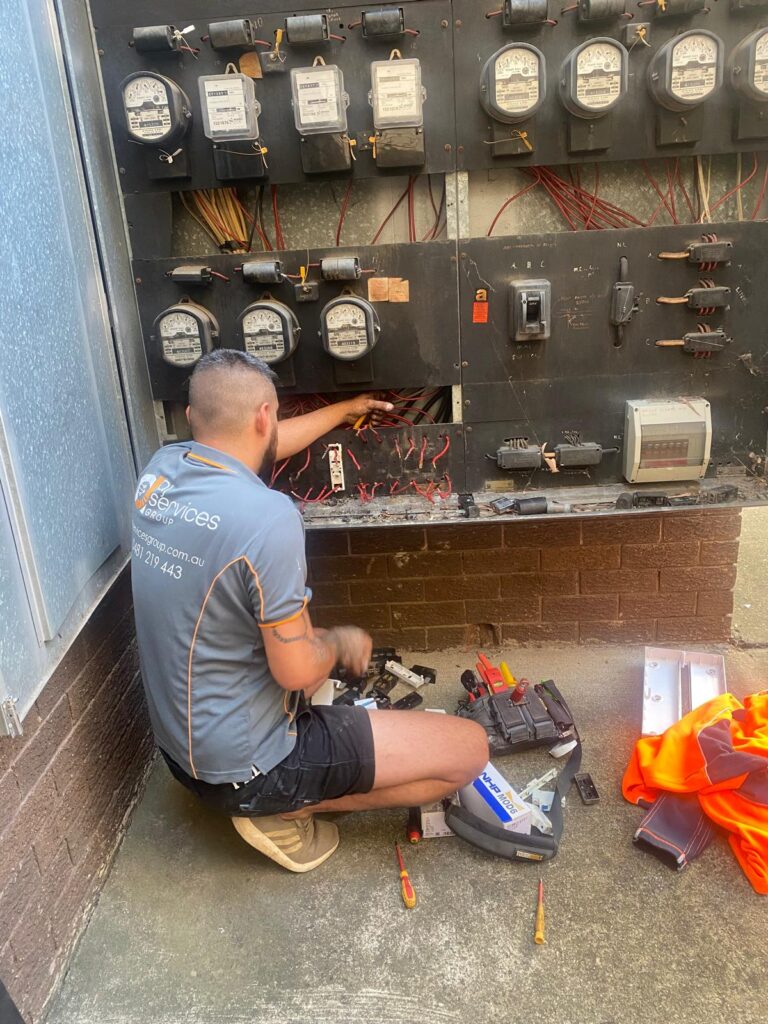Smooth-gliding doors make a big difference in homes and commercial properties. This guide explains the main types of sliding door rollers, their materials and designs, and provides practical tips on sizing, installation, and maintenance so you can choose the right rollers for your Sydney property.
Sliding door rollers are small components attached to the top or bottom of a door panel, allowing it to glide smoothly along a track. Most doors have two or more rollers that distribute the panel’s weight evenly, preventing sticking, squeaking, or damage. High-quality rollers last longer and require only basic maintenance, which is especially valuable in busy commercial spaces.
Choose the Right Roller Type

Different doors and track styles require specific roller designs. Here are the main types of sliding door rollers you’ll encounter:
Single-Wheel Rollers
Single-wheel rollers suit lightweight doors, such as small internal partitions or closet doors. They feature one wheel that sits at the heart of the assembly. These are simpler to install, but they may not hold up as well with very heavy or wide sliding doors.
If you have a petite door and a limited budget, single-wheel rollers might be enough.
Tandem Rollers
Tandem rollers, also called dual-wheel rollers, use two wheels side by side. This design spreads weight more evenly and handles bigger loads than a single-wheel setup. In a typical commercial property that sees substantial foot traffic, tandem rollers often last longer and ensure smoother operation.
Many property owners in the region choose tandem rollers for sturdier external doors, including those that open onto terraces or courtyards.
Ball-Bearing Rollers
Inside each roller wheel, you might find a pair of ball bearings or more. In ball-bearing rollers, these tiny metal spheres reduce friction, making door movement feel nearly effortless.
High-quality ball-bearing rollers are ideal for environments with constant use, such as busy retail spaces. However, they may need occasional lubrication and cleaning to prevent rust or grit buildup.
Sealed or Enclosed Rollers
Some models come fully enclosed, meaning you won’t see exposed metal or open bearings. This design offers extra defence against dirt, moisture, and corrosive elements.
For coastal suburbs around Sydney, enclosed rollers can be a great advantage because they shield the internal mechanism from salt air, which can cause premature rust if left unprotected.
Pick Suitable Materials
Beyond the different designs (single-wheel, tandem, ball-bearing), rollers also vary by the material used in the wheel and housing. Here are some of the most common options you’ll come across.
Plastic Wheels
Plastic wheels work well for interior doors or low-traffic areas. They tend to be quieter than their steel counterparts. On the downside, plastic wheels might wear out or crack faster if exposed to direct sunlight or rough use.
Nylon Wheels
Nylon rollers deliver a nice balance of durability and quiet operation. They can handle moderate to heavy loads without creating too much noise. Because they’re not as brittle as standard plastic wheels, nylon rollers can cope better with temperature changes or occasional impacts.
Steel Wheels
Steel rollers are strong and built to carry heavy loads, making them a good choice for commercial roller doors. They don’t crack or break easily, but they can be noisy without proper lubrication. In humid or coastal areas, they may also rust if not maintained.
Aluminium or Alloy Housings
The housing, which encases the wheel, is often made from aluminium or a similar alloy. Aluminium resists corrosion better than many other metals, which is a major plus in the region’s salty sea breeze. This can extend the life of your roller assembly and reduce the chance of jammed tracks.
When choosing materials, consider both your door’s weight and its environment. A shop entrance on a busy street might demand heavier-duty metal rollers, while a quiet balcony door in a suburban block could do well with nylon.
Measure and Install Correctly
Even the best roller won’t work if it doesn’t fit your door. To measure correctly, note:
- Track width: Ensures the roller glides smoothly without sticking.
- Roller height: Measure from the wheel’s bottom to the housing’s top if replacing old rollers.
- Door weight: Helps you choose the right load rating.
When you’re installing brand-new rollers, be sure to:
- Clean the track thoroughly and remove any debris before inserting the rollers.
- Adjust the roller height so that the door sits level and seals properly.
- Use a silicone-based lubricant on the track if recommended by the roller’s manufacturer.
For heavy doors, especially commercial automatic sliding doors in Sydney’s Central Business District, it’s best to call a professional installer. They can manage the weight safely, use the right tools, and ensure everything meets local building codes.
Maintain and Repair
Regular care keeps sliding door rollers working smoothly and prevents costly issues.
- Clean the track: Wipe away dirt and grit to avoid jamming.
- Lubricate parts: Use silicone spray or roller-specific lubricant to cut friction and prevent rust.
- Inspect for wear: Look for squeaking, cracks, or wheels that don’t roll evenly.
- Replace when needed: When changing sliding door rollers, remove the door, swap out worn rollers, and match their size at a hardware store. If an exact fit isn’t available, adjustable assemblies can often be used as long as they align with screw holes or adjusters.
Frequently Asked Questions
Below are some common questions Sydney property owners ask about sliding door rollers.
- How often should I replace my sliding door rollers?
Most last several years with regular maintenance, but high-traffic commercial doors may need earlier replacement.
- Can I install new rollers myself?
Yes, if the door is light and you have basic DIY skills, but heavier commercial doors usually need a professional.
- What if my door won’t slide smoothly?
Clean the track first. If that doesn’t work, check for worn or misaligned rollers that may need replacing.
- How do I choose the right roller size?
Measure your old roller assembly and ensure the new one matches both size and load rating.
- Are rollers weatherproof in the coastal areas of Sydney?
Regular rollers can work with proper cleaning, but corrosion-resistant or enclosed rollers last longer near the coast.
Sliding Door Rollers Giving You Trouble? Contact Us Today!
From choosing the right size to installing and maintaining them, AJ Services Group takes the guesswork out of sliding door rollers. Our experts make sure your doors move smoothly and stay reliable, whether for your home or commercial property.
Call 1300 871 836 or email service@ajservicesgroup.com.au today to book a service or get a free quote on sliding door roller replacements.
